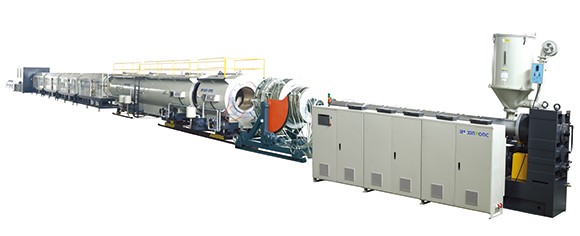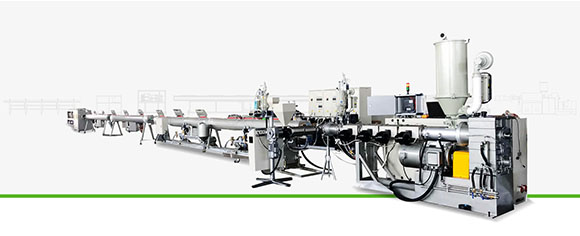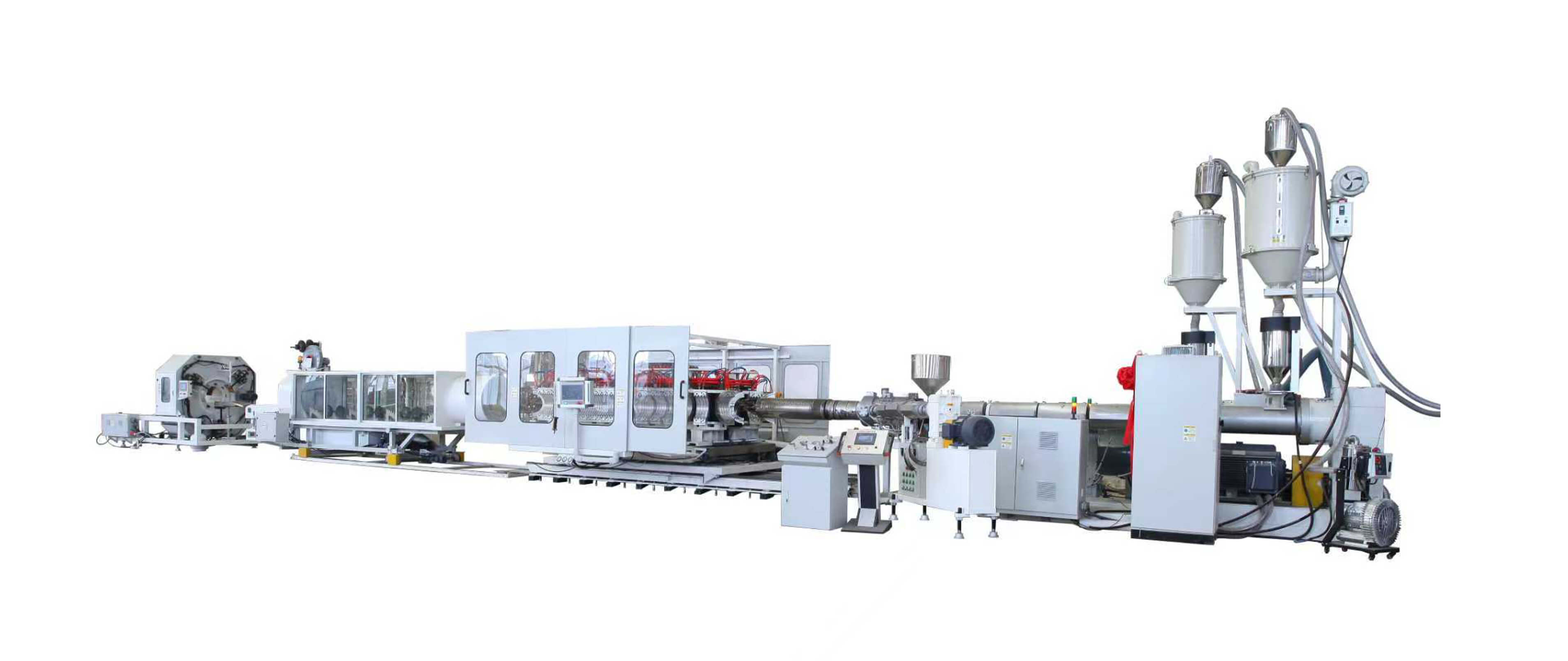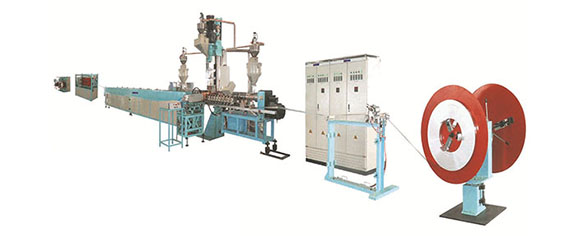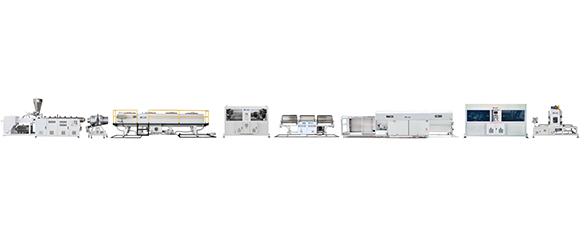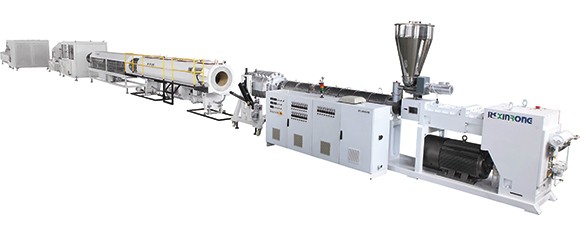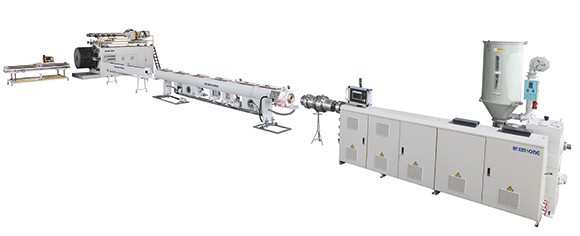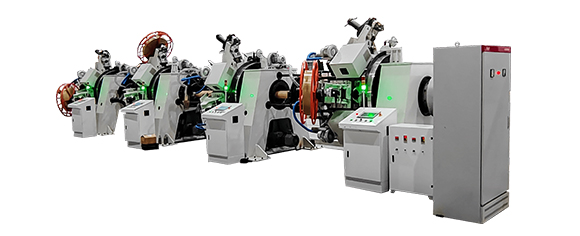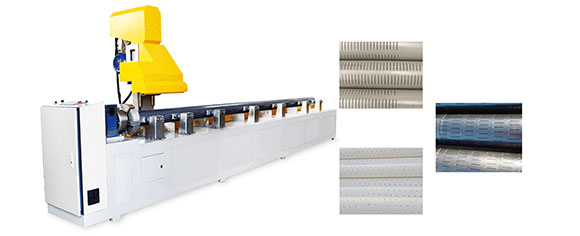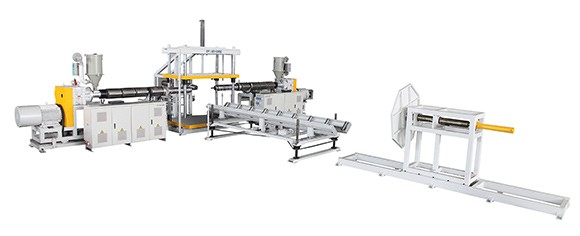News
Site Editor
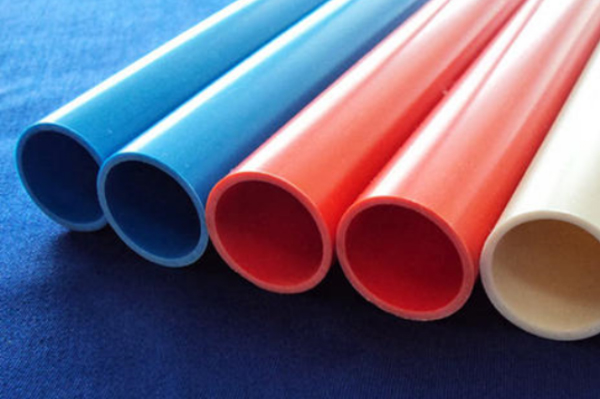 Site
/uploads/5cb96e23627a5.png
There are too many plastic pipes on the market, such as PPR pipes, PE pipes, PVC pipes, etc. How do you distinguish between hot water pipes and cold-water pipes? What are their applications? Let me introduce several types of pipes that are often encountered in daily life.
Site
/uploads/5cb96e23627a5.png
There are too many plastic pipes on the market, such as PPR pipes, PE pipes, PVC pipes, etc. How do you distinguish between hot water pipes and cold-water pipes? What are their applications? Let me introduce several types of pipes that are often encountered in daily life.
How Many Kinds of Plastic pipes Are Used for Water Supply?
Views: 1463
Author: Site Editor
Publish Time: 2019-11-13
Origin: Site
There are too many plastic pipes on the market, such as PPR pipes, PE pipes, PVC pipes, etc. How do you distinguish between hot water pipes and cold-water pipes? What are their applications? Let me introduce several types of pipes that are often encountered in daily life.
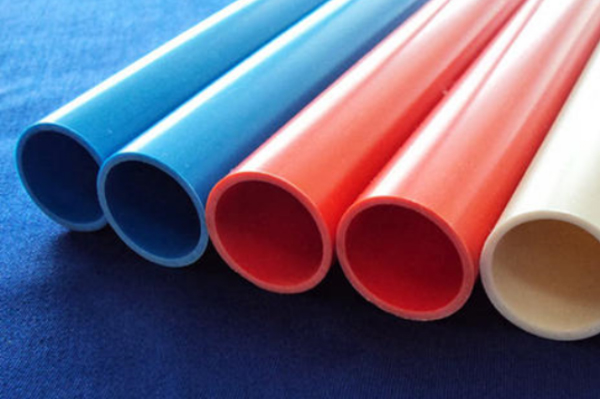
1. Hard polyvinyl chloride (PVC-U) pipe for water supply
The PVC-U pipe’s main raw material is sanitary grade polyvinyl chloride (PVC). There are some other materials too such as an appropriate amount of stabilizer, lubricant, filler, coloring agent, etc. They are extruded through a plastic extruder and injection molding machine. PVC-U pipe has the advantages of light weight, corrosion resistance, low water flow resistance, energy saving, quick installation and low cost. It is mainly used in urban tap water supply and water supply projects, internal and external water supply projects, industrial and mining enterprise water supply projects, underground fire water supply projects, farmland water conservancy and water supply irrigation projects, gardening and gardening green water supply projects, and aquaculture water supply and drainage projects.
2. Polypropylene (PP-R) pipe for hot and cold water
The PP-R tube is also called a three-type polypropylene tube, which is extruded into a tube by a random copolymer polypropylene, and is injection molded into a tube. It is a new type of plastic pipe product developed and applied in Europe in the early 1990s. It has good impact resistance and long-term creep properties. PPR pipe is moderate in price, stable in performance, heat-resistant and heat-insulating, corrosion-resistant, smooth and non-fouling of the inner wall, safe and reliable piping system, non-permeability and the service life can reach 50 years. The product inspection standard is GB/T18742.2-2017. Its main application areas are the building's hot and cold-water systems, including central heating systems; heating systems in buildings, including floors, siding and radiant heating systems; pure drinking water systems that can be directly consumed; central (centralized) Air conditioning system; industrial piping systems for transporting or discharging chemical media.
3. ABS pressure pipe
The material for manufacturing the pipe is a mixture of acrylonitrile butadiene-styrene, of which ABS resin is mainly used. The product standard is GB/T20207.1-2006. ABS plastic pipes are generally available indoors for decades and will last longer if buried in the ground or in water. ABS plastic pipes can be used in pharmaceutical and food industries, without changing water quality and without secondary pollution.
4. Polyethylene PE pipe for water supply
PE water supply pipe is a plastic pipe made of polyethylene as the main raw material, adding various processing aids and melt-extruding. The product standard is GB/T13663-2000. Heavy metal salt stabilizer won’t be added in PE pipe processing, the material is non-toxic, no fouling layer, no bacteria, and it solves the secondary pollution of urban drinking water. In addition to a few strong oxidants, it can withstand the erosion of a variety of chemical media and with no electrochemical corrosion. PE pipescan be safely used for more than 50 years under rated temperature and pressure conditions. The PE pipe has good toughness and high impact strength. The heavy object directly presses through the pipe and does not cause the pipe to rupture. The strength of the PE tube hot melt or electrofusion interface is higher than that of the pipe body and the joint is not broken due to soil movement or live load. Many PE pipes are used in the municipal water supply system.
5. Chlorinated polyvinyl chloride (PVC-C) pipe for hot and cold water
PVC-C is a new type of polymer synthetic material made of polyvinyl chloride (PVC) resin and chlorine under specific conditions. It has excellent corrosion resistance, physical and mechanical properties, electrical properties and flame-retardant properties. The service temperature can reach 110 °C and the product standard is GB/T18993.2-2003. The PVC-C pipe is characterized by its antibacterial properties. After many tests, it is confirmed that the bacteria in the PVC-C tube are not prone to twinning. The bacterial growth rate is 1/60 of that of the PEX tube, 1/10 of the copper tube and 1/4 of the steel tube.





